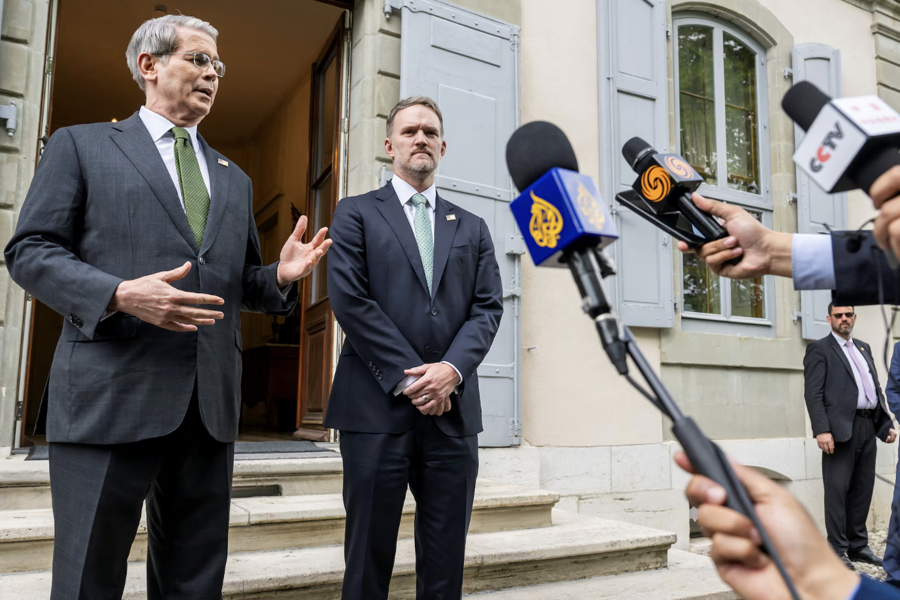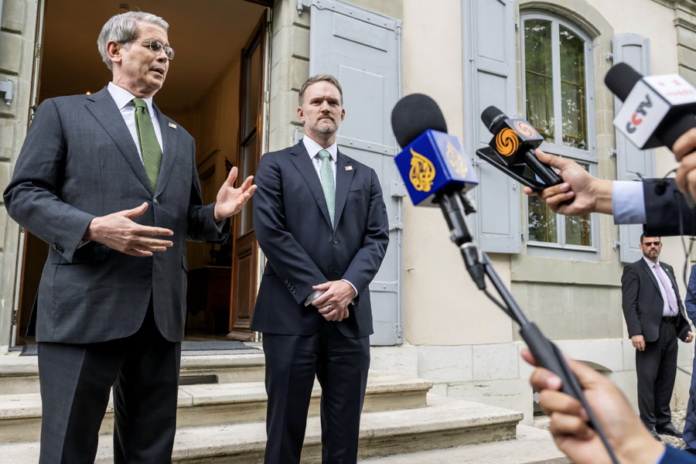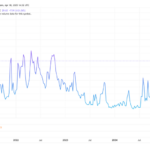US officials have announced a “deal” to reduce the country’s trade deficit with China, while Chinese authorities report that the two sides have reached “significant consensus” and agreed to launch a new economic dialogue forum.
According to Reuters, neither side provided details following the conclusion of the two-day talks in Geneva, Switzerland. Chinese Vice Premier Ha Lap Phong stated that a joint statement would be released in Geneva on Monday, May 12th. Li Thanh Cuong, China’s Vice Minister of Commerce, added that the statement would bring “good news for the world.”
US Secretary of Commerce Scott Bessent and Trade Representative Jamieson Greer reported “major progress,” with details to be announced on Monday as well.
In separate press conferences, neither the US nor China mentioned any agreement on reducing tariffs, which currently stand at 145% for US goods in China and 125% for Chinese goods in the US.
Global financial markets have been eagerly awaiting signs of a de-escalation in the trade war between the two economic powers, which has already disrupted supply chains, caused significant job losses, and driven up wholesale goods prices.
Greer referred to “an agreement we’ve reached with our Chinese partners” to reduce the US goods trade deficit of $1.2 trillion, which includes the deficit with China, standing at an annual $295 billion. He described the talks as “highly constructive” and reflected on the swiftness of the agreement, suggesting that differences between the two sides may not have been as vast as initially believed.
Ha Lap Phong characterized the negotiations as “honest, in-depth, and constructive,” with substantial progress and significant consensus reached. He also announced the establishment of a new consultation mechanism for trade and economic issues, with details to be finalized as soon as possible.

While there have been previous consultation mechanisms between the two countries, they have had limited success in achieving Washington’s long-term goal of shifting China’s economic model away from exports and state-owned sectors towards consumption.
This round of negotiations marks the first face-to-face interaction between high-level economic officials since Trump imposed tariffs on Chinese goods and Beijing retaliated. China had maintained its stance on the reduction of tariffs prior to the talks, while Trump suggested on Friday that a rate of 80% on Chinese goods seemed reasonable.
Greer acknowledged the extensive groundwork laid before the weekend talks and expressed confidence that the agreement would address the national emergency caused by the growing trade deficit. A White House press release, titled “US Announces Trade Deal with China in Geneva,” reiterated the statements made by Bessent and Greer but provided no further details.
Earlier on Sunday, White House economic advisor Kevin Hasset emphasized China’s eagerness to negotiate and rebalance trade relations. He suggested that trade deals with other nations could be reached as soon as this week, following an agreement with the UK last week.
Unlocking Export Potential: A Strategic Approach to Tapping into the US Market
The government and its ministries are taking a firm stand against the potential 46% retaliatory tariffs. They are actively engaging in consultations and negotiations with the United States to find common ground and resolve the issue.
Record-High US Tariffs: A Heavy Burden to Bear
The U.S. Treasury is set to collect at least $15.4 billion in tariffs this April, marking a significant windfall for the government. This substantial sum is a result of the ongoing trade tensions and the imposition of tariffs on a range of imported goods. With these tariffs, the government aims to protect domestic industries and boost local production, but it also raises concerns about potential impacts on consumers and the broader economy. As the tariffs continue to generate revenue, it remains to be seen how this money will be utilized and what long-term effects these policies will have on the country’s trade relationships and economic landscape.










































